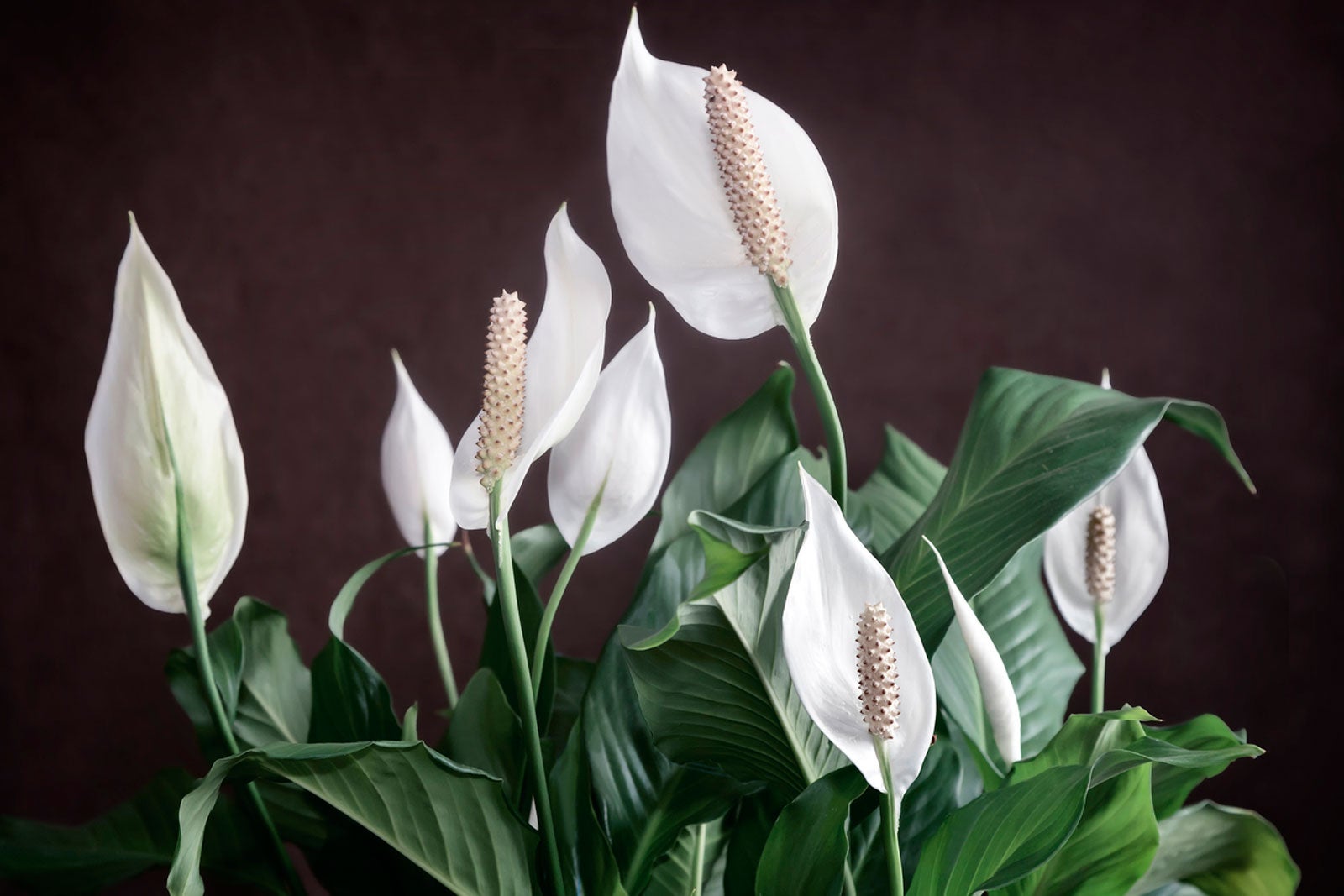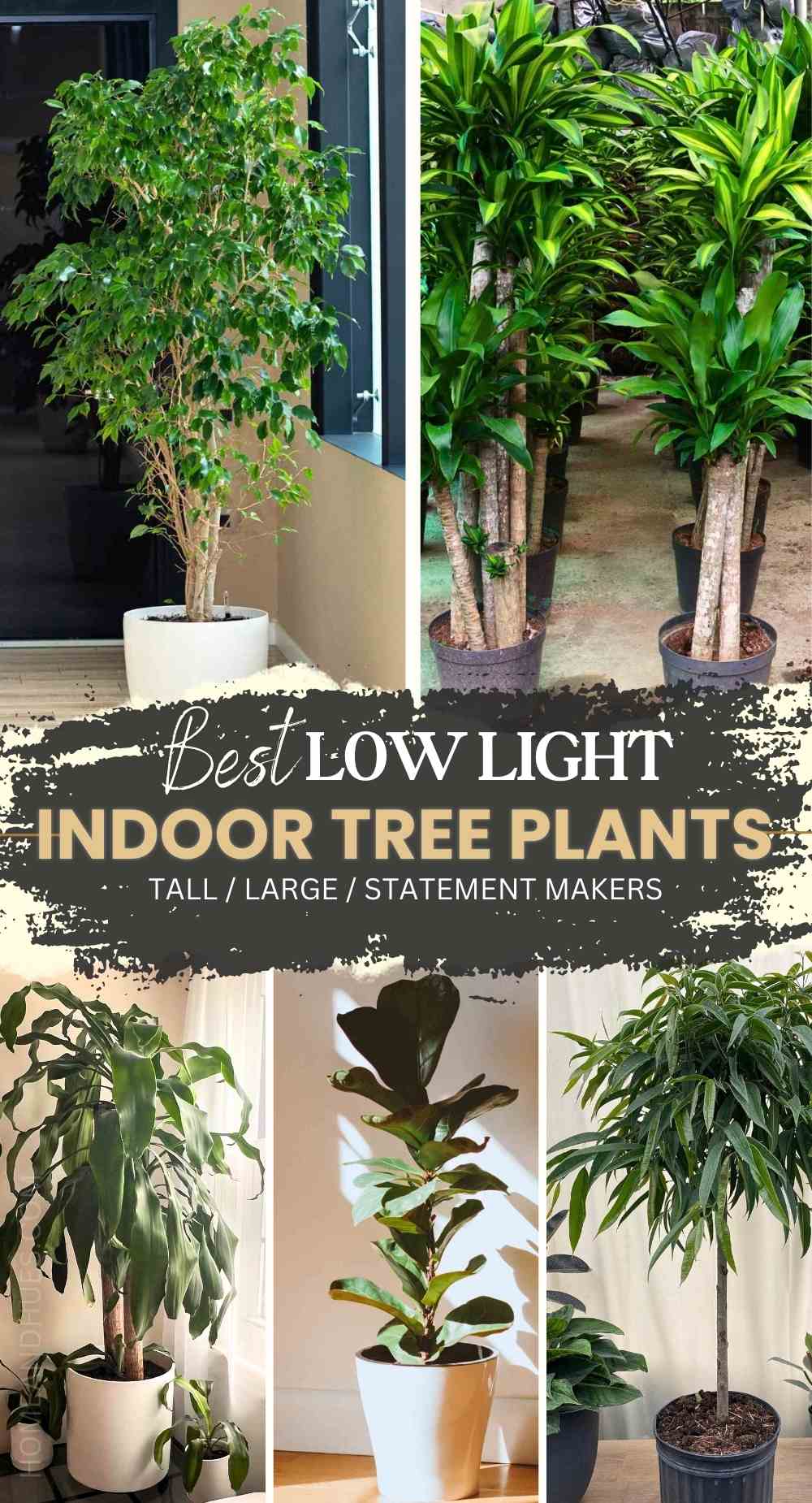Transform Your Living Space with the Best Low-Light Indoor Plants
Transform Your Living Space with the Best Low-Light Indoor Plants
Blog Article
Reveal the Tricks of Low-Light Indoor Plants and How They Boost Your Environment
Low-light interior plants have actually gathered raising interest for their one-of-a-kind capacity to boost both visual allure and ecological quality within offices and homes. These resilient species, including the Serpent Plant and Peace Lily, not only grow in difficult lights conditions yet also play a pivotal function in air filtration and psychological wellness.
Benefits of Low-Light Indoor Plants
Although many individuals think that indoor plants need bountiful sunshine to thrive, low-light indoor plants supply a wide variety of benefits that make them ideal for numerous settings. One of the key advantages is their versatility; they can flourish precede with restricted all-natural light, such as offices, basements, or areas with small home windows. This feature allows people to enhance their environments with plant, adding to enhanced appearances without the need for considerable illumination adjustments.
Additionally, low-light interior plants can dramatically improve interior air top quality by launching and filtering system harmful contaminants oxygen, making living rooms healthier. The existence of plants has been linked to greater sensations of harmony and focus.
Additionally, low-light plants usually require much less maintenance than their sun-loving counterparts, making them perfect for active people or those brand-new to horticulture. Their durability enables them to love marginal treatment, therefore offering a satisfying experience for plant lovers and beginners alike. In summary, low-light indoor plants offer both aesthetic and useful purposes, making them beneficial enhancements to any space.
Leading Low-Light Plant Varieties
Low-light interior plants can be found in a variety of species, each offering one-of-a-kind attributes and benefits suited for dim settings. Amongst one of the most preferred ranges is the Snake Plant (Sansevieria), recognized for its architectural leaves and air-purifying capabilities. This resistant plant flourishes on overlook and can tolerate a wide variety of light conditions.
One more excellent choice is the ZZ Plant (Zamioculcas zamiifolia), which includes shiny, dark eco-friendly leaves and is very drought-tolerant. Its adaptability makes it a favorite for offices and homes with restricted sunlight.
The Pothos (Epipremnum aureum) is likewise a leading competitor, with its trailing creeping plants and heart-shaped fallen leaves - Best low-light indoor plants. This functional plant can be educated to climb up or cascade, including visual interest to any space

Care Tips for Low-Light Plants
Caring for low-light indoor plants calls for a nuanced understanding of their certain needs to guarantee ideal growth and vigor. First, it is necessary to choose the ideal potting mix, as a well-draining soil is important to stop root rot. A mix designed for houseplants, usually including peat moss and perlite, functions well for most low-light ranges.
Watering is an additional vital facet of care. Low-light plants generally need less constant watering contrasted to their sun-loving counterparts.
Fertilizing ought to be approached with caution. During the expanding period, a watered down fluid plant food can be applied monthly, but in winter season, lots of low-light plants get in dormancy and call for little to no fertilizing.
Lastly, it is necessary to occasionally clean up the fallen leaves to get rid of dirt, permitting much better light absorption. By adhering to these treatment pointers, you can grow a thriving atmosphere for your low-light interior plants, improving both their appearance and long life.
Enhancing Air Top Quality With Plants
Indoor plants play a substantial role in boosting air top quality within homes and office. With the process of photosynthesis, these plants soak up co2 and release oxygen, adding to a much healthier environment. Additionally, certain low-light indoor plants possess the capability to filter dangerous contaminants, Learn More such as trichloroethylene, formaldehyde, and benzene, which are generally found in indoor settings.

Furthermore, the presence of indoor plants can increase moisture levels, which assists minimize completely dry skin and respiratory system issues, better improving total well-being. This capability to boost air quality not only promotes physical health and wellness however also supports psychological health.
Incorporating low-light indoor plants right into your living and functioning rooms can result in a much more lively and invigorating setting (Best low-light indoor plants). Purchasing these natural air purifiers is a straightforward yet effective technique for enhancing interior air quality and cultivating a much healthier way of life
Creating a Calm Indoor Space
The combination of plants into living spaces not only boosts air high quality however likewise adds to a tranquil atmosphere. Low-light indoor plants, such as snake plants and pothos, are especially reliable in developing a peaceful environment, as they thrive in problems that might otherwise be inhospitable for various other greenery. Their rich vegetation gives a relaxing visual, lowering tension and advertising leisure.
Including these plants into your home or workplace can stimulate a feeling of tranquility and well-being. Purposefully putting them in locations where you spend substantial time, such as living spaces or work spaces, allows for an immersive experience with nature, which has been shown to enhance mood and cognitive function.
In addition, the mild activity of leaves in response to air movement can create a vibrant visual element that improves the overall setting. Consider making use of a range of plant heights and structures to add deepness and rate of interest to your space. With thoughtful placement and treatment, low-light indoor plants can transform any area into a peaceful refuge, promoting not just visual satisfaction yet psychological and also click over here now psychological wellness.

Final Thought
Integrating low-light interior plants right into different environments returns significant advantages, including boosted air high quality and boosted aesthetic charm. The transformative power of low-light plants underscores their worth in improving both occupational and residential settings.
Although lots of individuals presume that indoor plants require plentiful sunshine to grow, low-light interior plants provide a wide variety of benefits that make them ideal for different atmospheres.Furthermore, low-light indoor plants can significantly enhance indoor air quality by launching and filtering damaging toxic substances oxygen, making living rooms healthier. In addition, particular low-light indoor plants have the capability to filter dangerous contaminants, such as formaldehyde, trichloroethylene, and benzene, which are typically located in indoor environments.
Low-light interior plants, such as snake plants and Recommended Reading pothos, are especially reliable in producing a peaceful atmosphere, as they grow in conditions that may otherwise be unwelcoming for various other plant.Integrating low-light indoor plants into numerous environments returns substantial benefits, consisting of improved air top quality and enhanced visual appeal.
Report this page